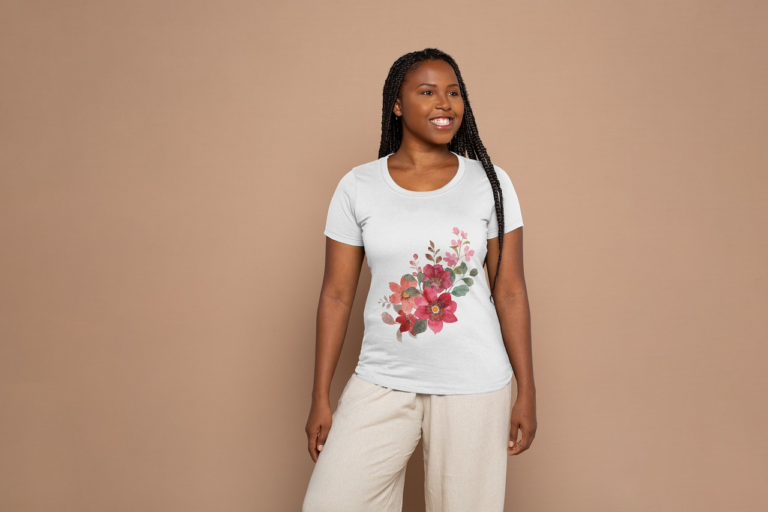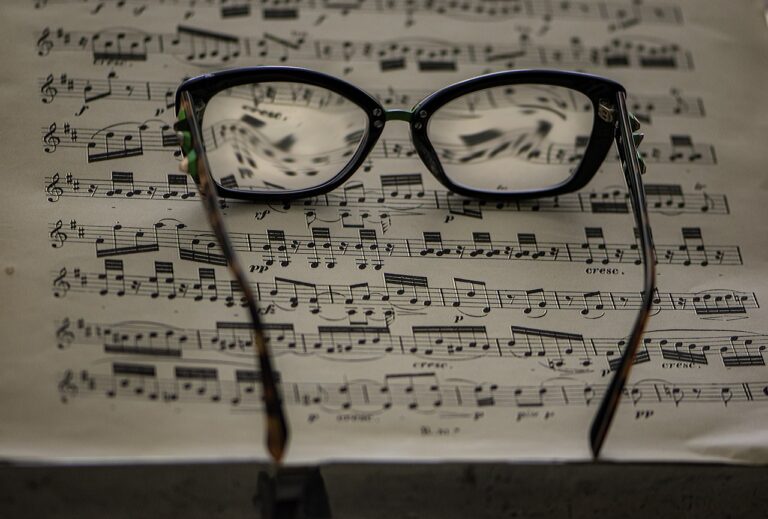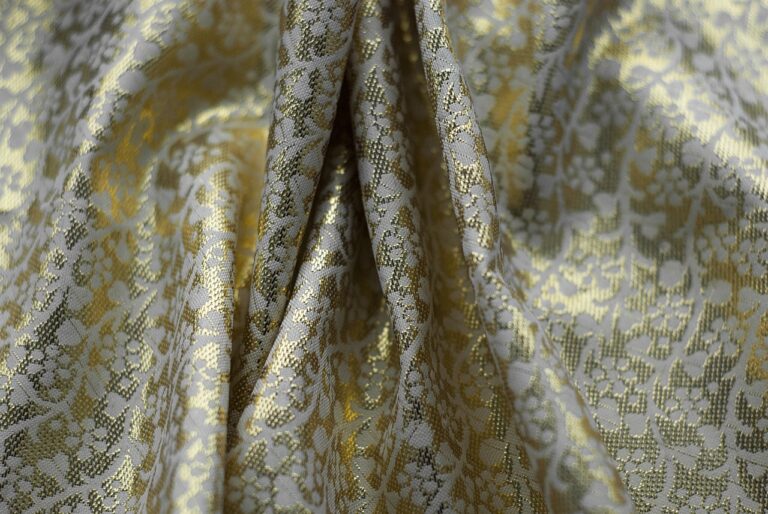The Art of Tailoring: Mastering the Craft of Custom-Fit Clothing
Tailoring has a rich history that dates back centuries, originating from the need to create customized clothing for individuals of varying social classes. In ancient civilizations, tailors were highly respected artisans who were skilled in creating garments that perfectly fit the human form. The art of tailoring evolved over time, with techniques and styles adapting to changing fashion trends and societal norms.
As civilizations advanced, tailoring became more sophisticated, with the development of specialized tools and techniques to achieve precision in garment construction. Tailors in different regions around the world developed unique styles and methods, resulting in a diverse range of tailoring traditions. The Industrial Revolution marked a significant shift in the tailoring industry, with the introduction of mass production techniques that revolutionized the way clothing was made. Despite these changes, the art of traditional tailoring continues to thrive today, with a renewed appreciation for custom-fit clothing and the craftsmanship that goes into creating tailored garments.
Understanding Body Measurements for Custom-Fit Clothing
When getting custom-fit clothing, accurate body measurements are crucial for achieving the perfect fit. Measuring the chest, waist, hips, and inseam accurately ensures that the tailored garment will drape beautifully and accentuate your body shape. It’s recommended to have a professional tailor or seamstress take precise measurements to avoid any fitting issues down the line.
Additionally, paying attention to specific body details such as shoulder width, arm length, and neckline measurement can further enhance the overall look and comfort of the custom-fit clothing. These detailed measurements help create a garment that not only fits well but also flatters your unique body shape. Taking the time to get precise body measurements will result in clothing that feels like a second skin and boosts your confidence in any setting.
Choosing the Right Fabrics for Tailored Garments
When it comes to selecting fabrics for tailored garments, it is essential to consider both the aesthetic appeal and the functionality of the material. Different fabrics lend themselves to various styles, drapes, and finishes, so it is crucial to choose wisely based on the desired look and feel of the final garment. For formal wear, luxurious fabrics like silk, wool, and cashmere are often favored for their elegant and sophisticated appearance.
In contrast, for more casual or everyday wear, cotton, linen, and blends may be more suitable due to their breathability and comfort. Additionally, the weight and texture of the fabric should be taken into account to ensure that it complements the design of the garment and the season in which it will be worn. Ultimately, the right fabric choice can elevate a tailored piece, enhancing its overall quality and wearability.
Why is it important to choose the right fabrics for tailored garments?
Choosing the right fabrics for tailored garments is important because it can affect the overall look, feel, and durability of the garment. The fabric can also impact how well the garment drapes on the body and how comfortable it is to wear.
What factors should be considered when choosing fabrics for tailored garments?
When choosing fabrics for tailored garments, it is important to consider factors such as the season the garment will be worn in, the desired level of formality, the drape of the fabric, and the care instructions for the fabric.
Are there certain fabrics that are more commonly used for tailored garments?
Yes, there are certain fabrics that are more commonly used for tailored garments, such as wool, cotton, linen, silk, and synthetic blends. These fabrics are often chosen for their durability, breathability, and ability to hold a crease.
Can different fabrics affect the fit of a tailored garment?
Yes, different fabrics can affect the fit of a tailored garment. Fabrics with more stretch or drape may result in a looser fit, while stiffer fabrics may result in a more structured fit. It is important to choose a fabric that works well with the desired fit of the garment.
How can I ensure that I choose the right fabric for my tailored garment?
To ensure that you choose the right fabric for your tailored garment, it is important to consult with a tailor or clothing expert. They can help you determine the best fabric choice based on the garment style, fit, and desired look. Additionally, you can request fabric swatches or samples to see and feel the fabric before making a decision.







